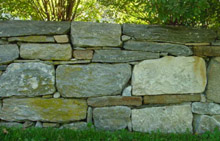

Green Solutions
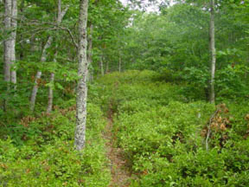
Existing vegetation
will help you learn about the soils on your site and what is likely to thrive.
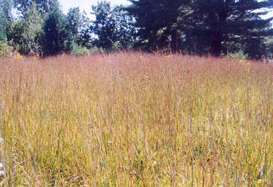
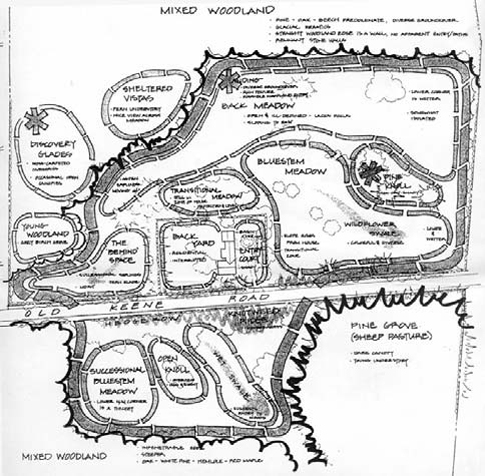
A study of existing conditions,
including plant communities, guides future planning and design.
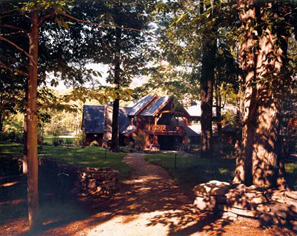
By saving the mature trees and stone walls,
this new home is buffered and secluded, and complements its historic setting.

Green Solutions
Designing with an Ecological Eye
Walter Cudnohufsky Associates, Inc.
Ashfield, MA
Isn’t all landscape design green? Not necessarily. Although the profession works with plants as one major element, special attention must be given to protecting habitat, water quality, plant diversity, soil health, energy conservation, and more. Underpinning all of the projects WCA undertakes—whether a small residential design or a campus master plan—is a commitment to designing in harmony with nature. This is achieved through a number of careful steps.
• Know your site
Take careful inventory of what exists on the site: plant communities, drainage patterns, wildlife habitat, unique outcrops or species. Understand what the soils are like: acidic or alkaline, dry or moist, deep or shallow. Identify historic markers, such as stone walls, cellar holes, or other indications of past land use. Is there a sugar bush on site? Deer yards? Can you identify corridors taken by wildlife or paths that connect to neighboring properties? In what watershed does the property lie? Look at your site in the larger context.
• Protect unique resources.
If there is an area that particularly stands out—a place that draws you to it—that may not be the place to build. While contrary to first instincts that lead a client to claim the most unique portion of the site for their home, it may be more prudent to keep a respectful distance from that resource. Identify any wetlands or streams and establish a protective buffer; a low depression may be a vernal pool.
• Locate structures carefully.
Selecting the building site is the most important challenge. WCA counsels clients to take advantage of southeast exposure, and buffer prevailing winter winds. Working with an architect, WCA finds ways to create positive spaces between buildings with suitable microclimates to enjoy outdoor use year-round. By clustering buildings, the footprint of disturbed area is minimized, as is impervious surface.
• Build with climate in mind.
Think about prevailing summer breezes to capture, winter winds to buffer. Roof overhangs and shade trees can reduce summer cooling bills, just as a good windbreak can keep your home warmer in winter. Plan where snow will be plowed.
• Select materials accordingly.
Using local materials, such as stone and lumber, will tend to create a better “fit” with the site, as well as reduce the energy cost of transporting materials from afar. Consider the life span of materials when making choices; the more expensive material may in fact save you money over the long run. Use recycled and recyclable materials. Work with native plant communities rather than exotics that will require more care and chemicals. Limit the amount of grass to be mowed.
• Manage construction carefully.
The process of building and renovating can be very damaging to a site. Clearly mark where construction vehicles may park, where materials can be stored; keep them well away from tree roots. Keep construction away from streams and wet areas with bright snow fencing. Inspect siltation fences regularly to ensure wetlands aren’t being impacted. Recycle waste as much as possible – paper, metal, wood scraps.
• Anticipate future uses.
Before construction vehicles enter the site, determine the best layout for the driveway and make sure they use that. Additions, expansions, and future structures should be part of the plan, even if they are not going to be built immediately.
• Manage water on the site.
Limit the amount of impervious surface, and infiltrate runoff on the site. Use porous pavement. Plant steeper slopes to slow surface runoff. Think about capturing roof runoff in a cistern or rain garden and use that for irrigation. Or build a green roof: they last longer, slow runoff, absorb carbon, reduce “heat island” effects, and look great!WCA takes great pleasure in finding the right solution for each unique property – one that is beautiful as well as sustainable.
Limit the footprint of impervious surfaces.
The joints between these stones will allow water to infiltrate.

The joints between these stones will allow water to infiltrate.

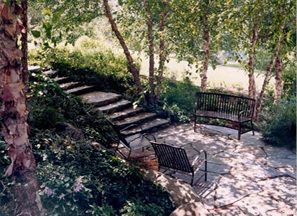
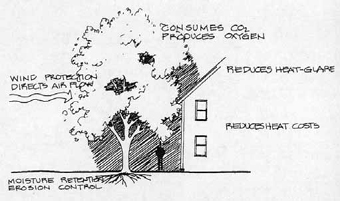
Work with native plants and local materials,
to reduce maintenance costs and provide a good fit to the larger landscape.
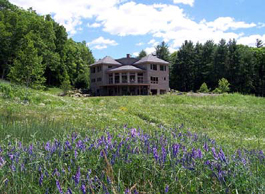
A well-placed tree or grove has multiple benefits,
buffering winter winds, shading summer sun, providing habitat, returning moisture to the soil, and sequestering carbon – all in the interest of global health.


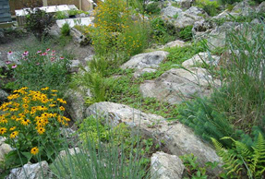
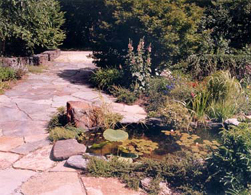
Durable materials
pay for themselves over time.
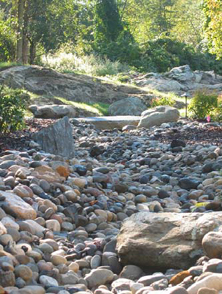
Capture run-off
with a dry streambed and rain gardens; such features are beautiful as well as ecologically sound. 
